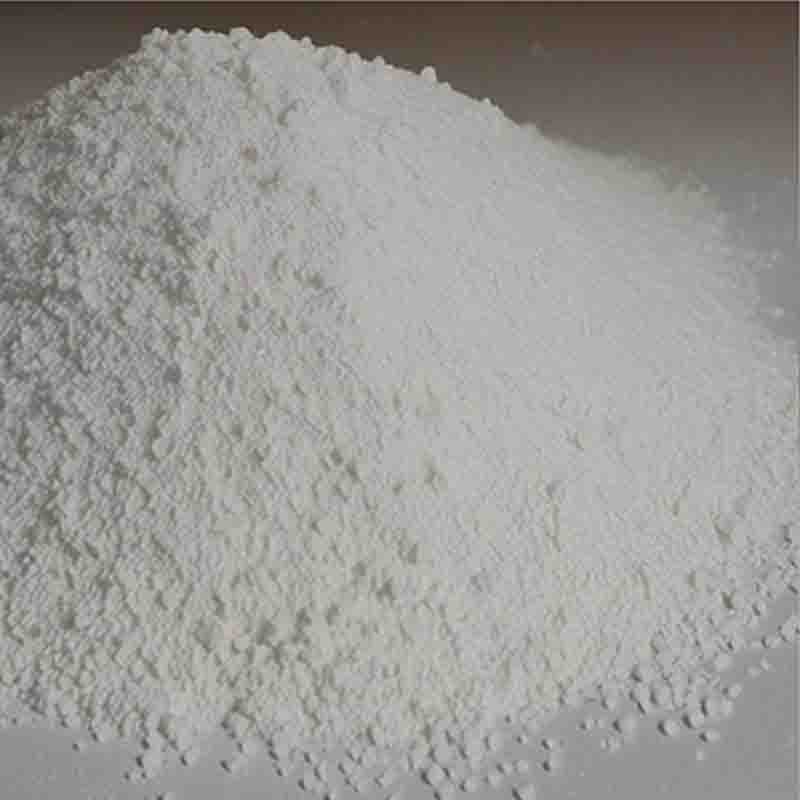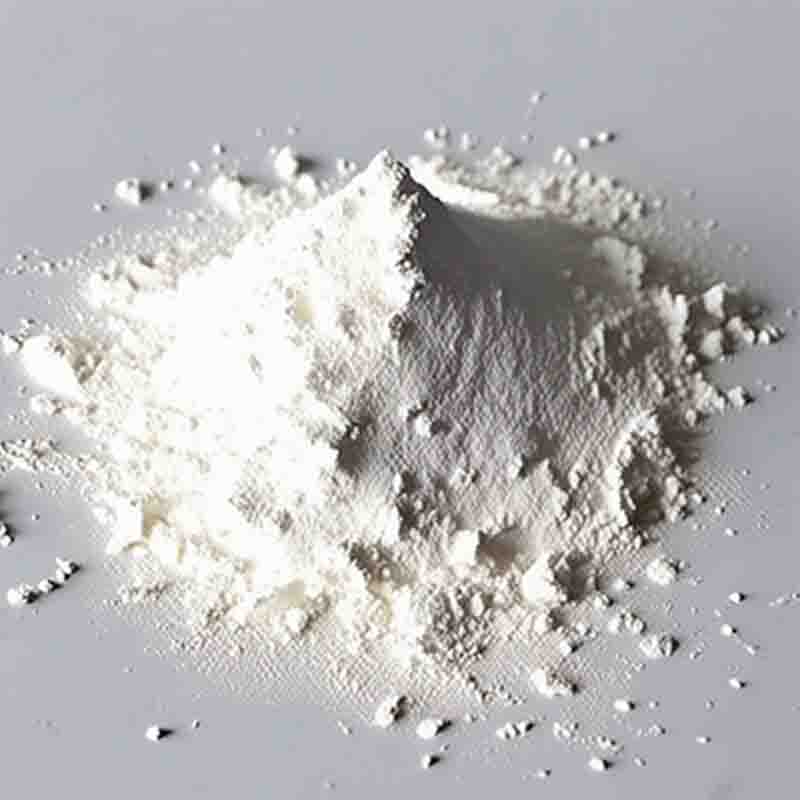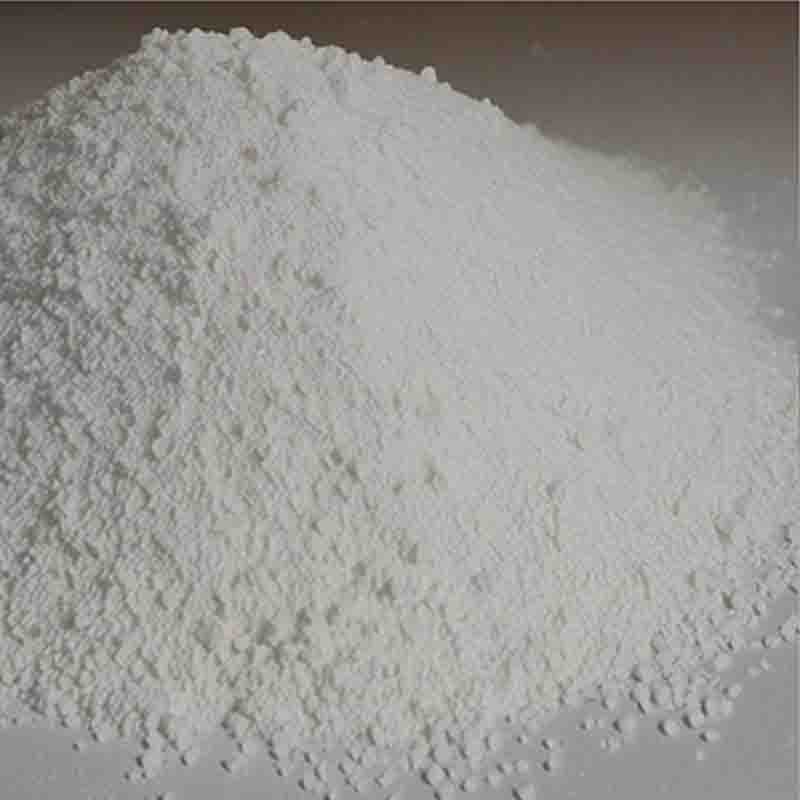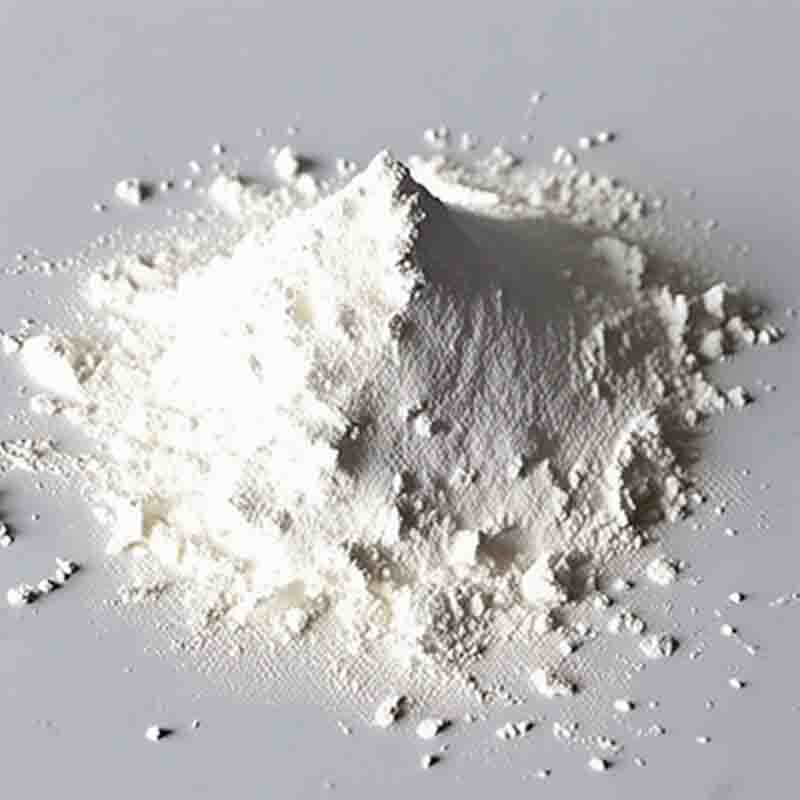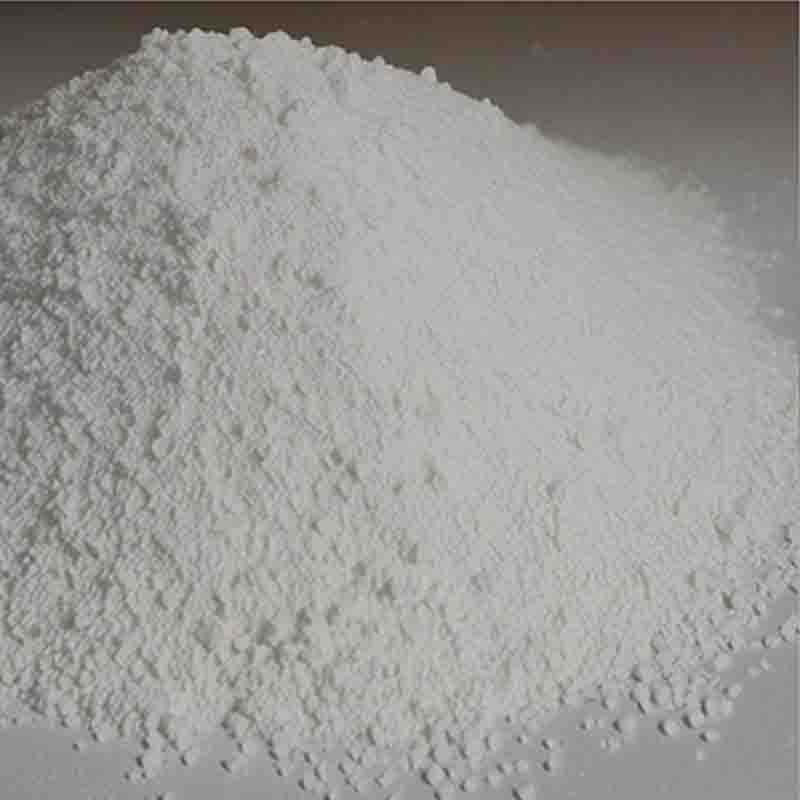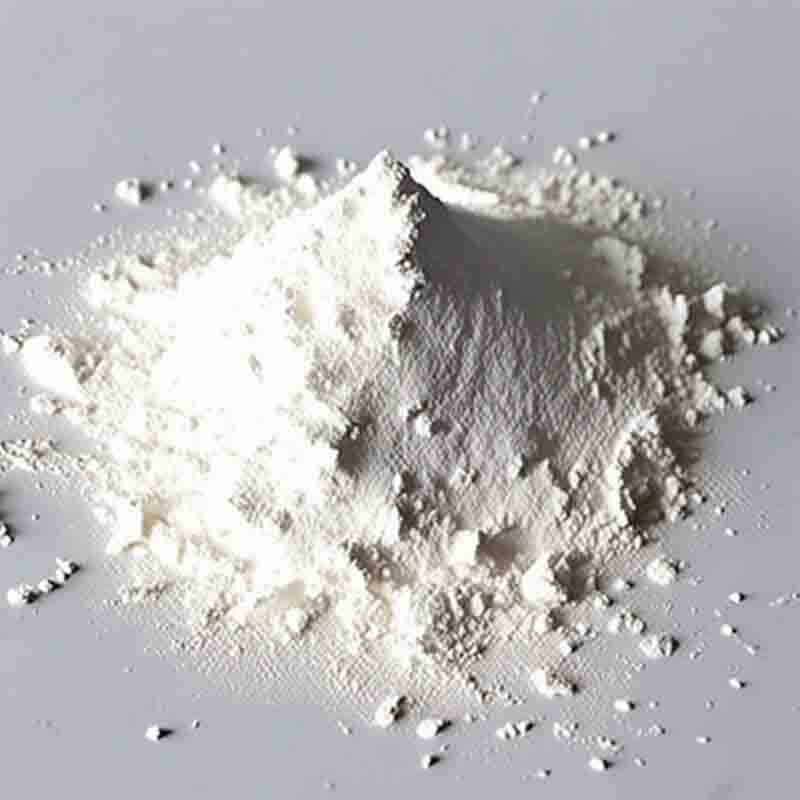N-methyl-dl-alanine CAS:600-21-5
| Catalog Number | XD95772 |
| Product Name | N-methyl-dl-alanine |
| CAS | 600-21-5 |
| Molecular Formula | C4H9NO2 |
| Molecular Weight | 103.12 |
| Storage Details | Ambient |
Product Specification
| Appearance | White powder |
| Assay | 99% min |
N-methyl-DL-alanine is a chemical compound derived from alanine, an essential amino acid commonly found in protein-rich foods. This particular derivative, N-methyl-DL-alanine, possesses several effects and applications, including:Neurotoxicity: One significant effect of N-methyl-DL-alanine is its neurotoxic properties. Studies have shown that exposure to this compound can lead to neurodegenerative diseases, such as Alzheimer's and Parkinson's disease. N-methyl-DL-alanine has been found to selectively target specific neurons, causing their dysfunction and eventual death. This toxicity is believed to be due to the disruption of neurotransmitter release and impaired neuronal signaling.Mental health: N-methyl-DL-alanine has also been connected to mental health issues. Research suggests that prolonged exposure to this compound may contribute to the development or exacerbation of psychiatric disorders. It is thought to affect neurotransmitter balance and receptor activity in the brain, potentially leading to symptoms such as anxiety, depression, and impaired cognitive function.Environmental impact: N-methyl-DL-alanine is not only relevant to human health but also has ecological implications. This compound has been found in certain cyanobacteria, commonly known as blue-green algae. Cyanobacterial blooms, which can occur in bodies of water, produce N-methyl-DL-alanine as a metabolic byproduct. These blooms can have far-reaching effects, including the contamination of drinking water sources and the disruption of aquatic ecosystems.Food safety: The presence of N-methyl-DL-alanine in certain cyanobacteria has raised concerns regarding food safety. Cyanobacterial toxins, including N-methyl-DL-alanine, have been identified in certain food products, such as seafood and drinking water. Consumption of these contaminated foods or beverages can pose human health risks, particularly to the liver, kidneys, and nervous system.Research and regulation: N-methyl-DL-alanine is an area of active research due to its potential health implications. Scientists are investigating its mechanisms of action, toxicity levels, and long-term effects. Regulatory agencies are also monitoring and setting guidelines for permissible levels of N-methyl-DL-alanine in food and water sources to protect public health.In conclusion, N-methyl-DL-alanine is a compound that can have various effects on human health and the environment. Its neurotoxic properties, potential impact on mental health, and presence in cyanobacterial blooms raise concerns. Ongoing research aims to better understand its toxicity mechanisms, establish safety regulations, and develop strategies to mitigate its adverse effects on human and environmental health.


